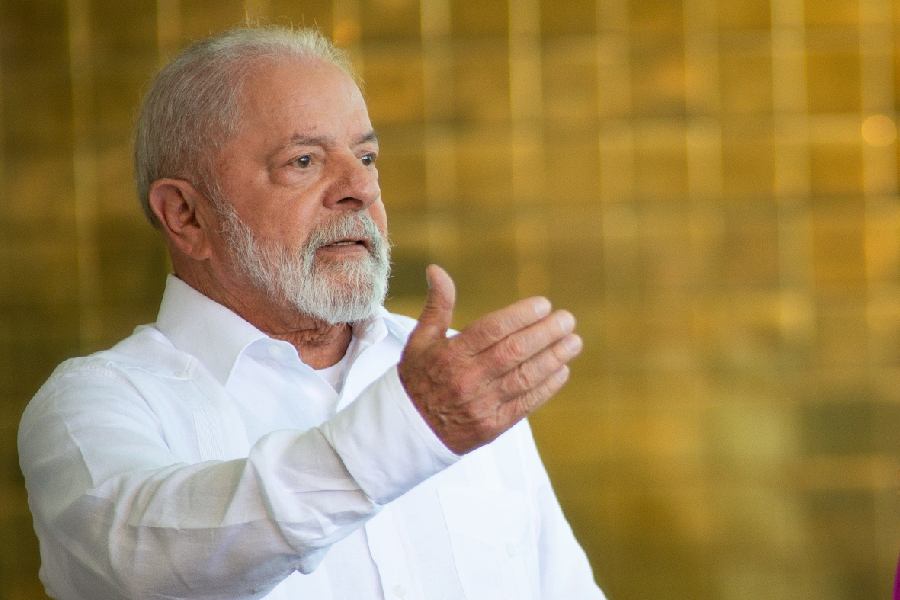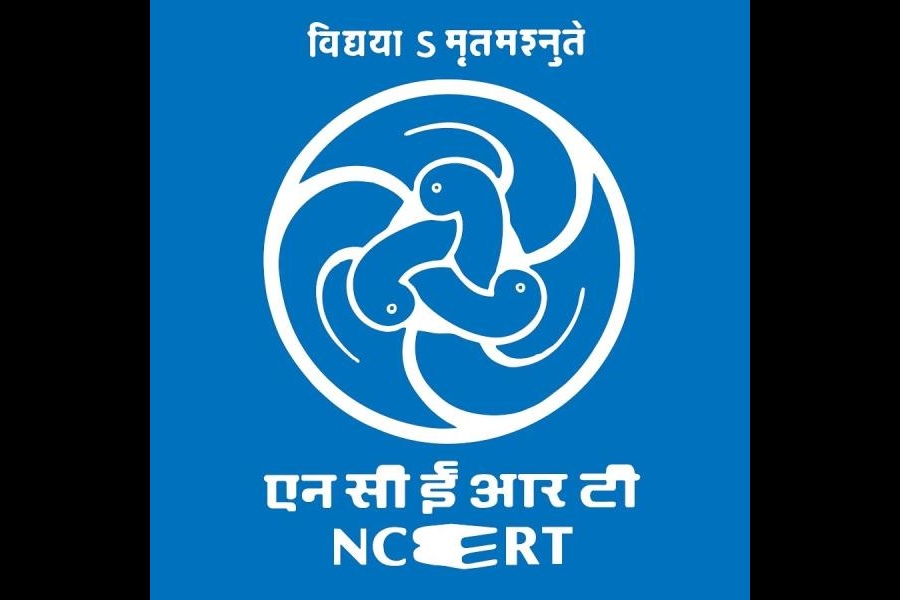 |
Bhubaneswar, Feb. 25: The 14th century Kapileswar Temple at Old Town in the city needs immediate attention. Several stones have fallen off the structure over the past couple of months.
In December last year, a huge stone fell from the chhapara (middle portion of the main temple). On January 30, another stone fell from the main temple.
Apart from this, cracks have appeared on the structure following no repairs being carried out for decades and vegetation has started growing on it too.
Interestingly, this monument is yet to be included in the list of monuments protected by the State Archaeology.
Niraj Kumar Chhotray, managing trustee of the temple and divisional inspector of the endowment department for Puri, Khurda and Nayagarh districts, admitted that the temple needed immediate attention.
“I have written two letters to the State Archaeology, but they have not responded. After the January 30 incident, a technical team from the State Archaeology visited the temple and we hope to hear good news on the conservation of this temple soon,” Chhotray said.
According to local residents, a large stone had fallen off the sidewall of the chhapara of the shrine in December. Chhapara is built below the kalasa and the amla, the two topmost parts of the main shrine called rekha deula.
There are three distinct temple styles in Kalingan architecture — rekha, pidha and khakara. Legend has it that Lord Kapileswar is the maternal uncle of Lord Lingaraj and all rituals on the latter’s temple premises are held after getting approval from Lord Kapileswar. Historian Prafulla Tripathy said: “Historically, the original temple could be more ancient than the present complex because the present temple was built on an old platform. Though the local people and priests claim that the temple is of the fourteenth century, it could have been constructed during the 17th century on the platform of an ancient structure from the 13th or the 14th century. The other important factor is that the temple has many historical elements related to Buddhism.”
Tripathy said that since neither central nor state conservation authorities came forward to conserve the complex, priests have erected many modern structures inside the complex.
This is technically not correct from the conservation point of view. On the other hand, the temple complex is also famous for some rare inscriptions that have considerable implications for archaeological studies.
While the main temple of Kapileswar has developed several cracks, side temples such as Maa Dakshin Kali and Parvati are also under threat. Several cracks have also appeared on the stone temple doorframes. As devotees visit the Kapileswar shrine in large numbers, the paduka kunda (collection pond of the temple) near the Parvati temple collects hundreds of litres of liquid offerings and it needs an outlet. The liquid waste is also threatening the walls.
Superintending archaeologist of the State Archaeology B.P. Ray said: “The Indian National Trust for Art and Cultural Heritage has already prepared a detailed conservation plan for Rs 22 lakh for the temple complex. After verification of the proposal, it was sent for approval by the state government. Once it gets the administrative approval, conservation work will begin.”










